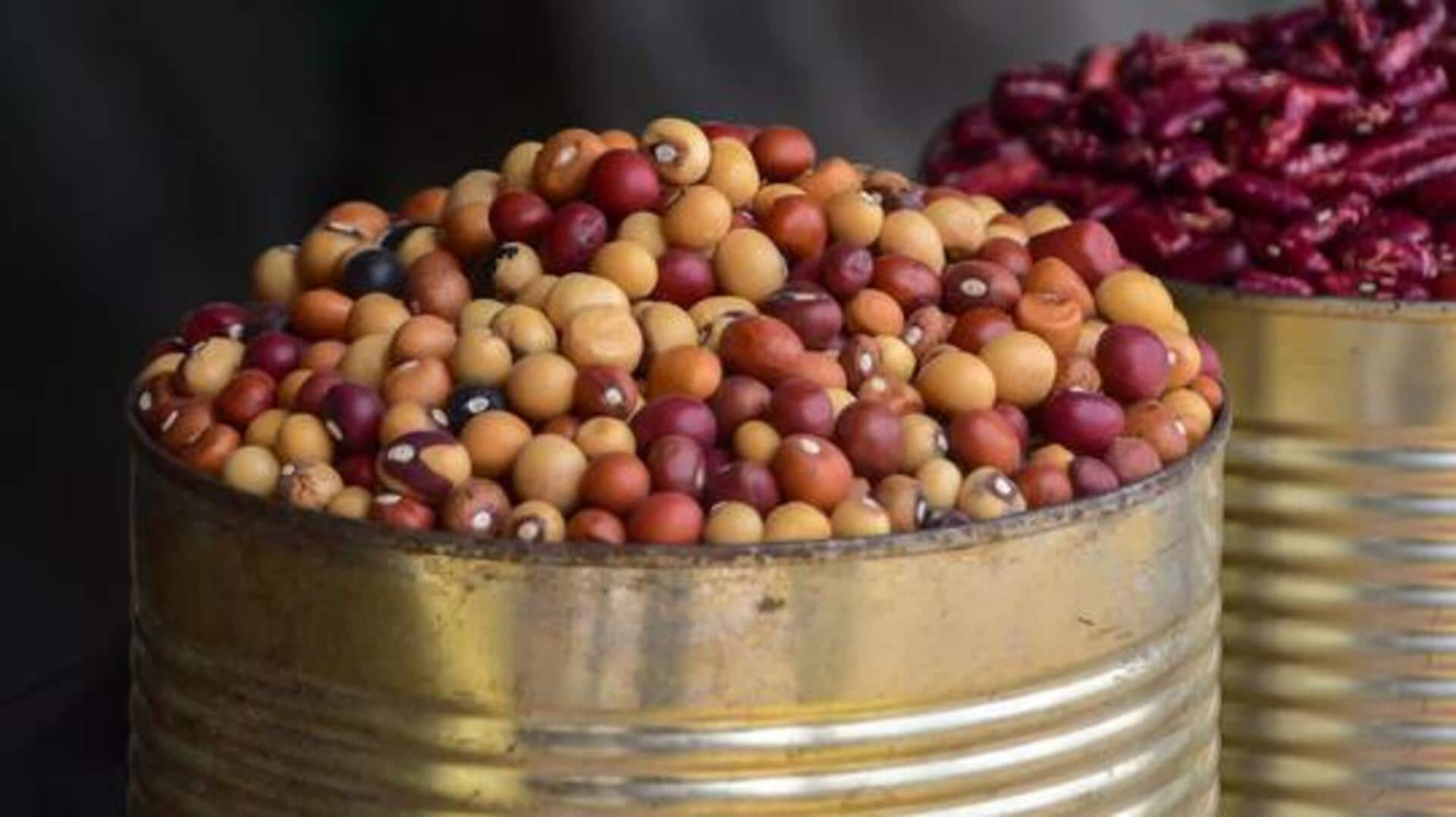
Bambara groundnut is a superfood, here is the proof
What's the story
The African Bambara groundnut is being touted as the next sustainable and nutritious homegrown protein source. The native African legume is resilient to harsh climates and enriches soil fertility. With a protein content of 18%, it serves as a viable alternative to other plant-based proteins. Growing this crop at home can bolster food security and serve as an affordable protein source for families.
#1
Understanding the Bambara groundnut
The Bambara groundnut is a drought-tolerant legume which grows in poor soils where other crops fail. It takes very little water, making it the perfect choice for areas with low rainfall. The plant yields pods containing seeds that are high in protein, carbohydrates, and essential amino acids. Its versatility to grow on different types of soil makes it an excellent addition for home gardeners.
#2
Nutritional benefits of Bambara groundnut
Bambara groundnuts are loaded with nutrients required for a balanced diet. They contain about 18% protein, making them similar to other legumes such as lentils and chickpeas. They are also rich in fiber, vitamins (such as B vitamins), and minerals (such as iron and calcium). These nutritional benefits make them a great addition to vegetarian or vegan diets looking for diverse sources of plant-based nutrition.
#3
Growing conditions and requirements
To grow Bambara groundnuts at home, certain conditions must be met. They require well-drained soil with good organic matter content but can also tolerate sandy or loamy soils. The seeds should be planted after the last frost when temperatures consistently reach around 20 degrees Celsius or higher. Regular weeding is a must during the early growth stages till the plants establish themselves.
#4
Harvesting tips for optimal yield
Harvest Bambara groundnuts when its leaves turn yellowish-brown. Digging up pods with hand tools or small machinery is recommended for home gardens. Properly dried and stored nuts ensure longevity and freshness for later consumption. Overall, this process, from planning to harvest, aims for successful outcomes and meeting initial goals under prevailing conditions.